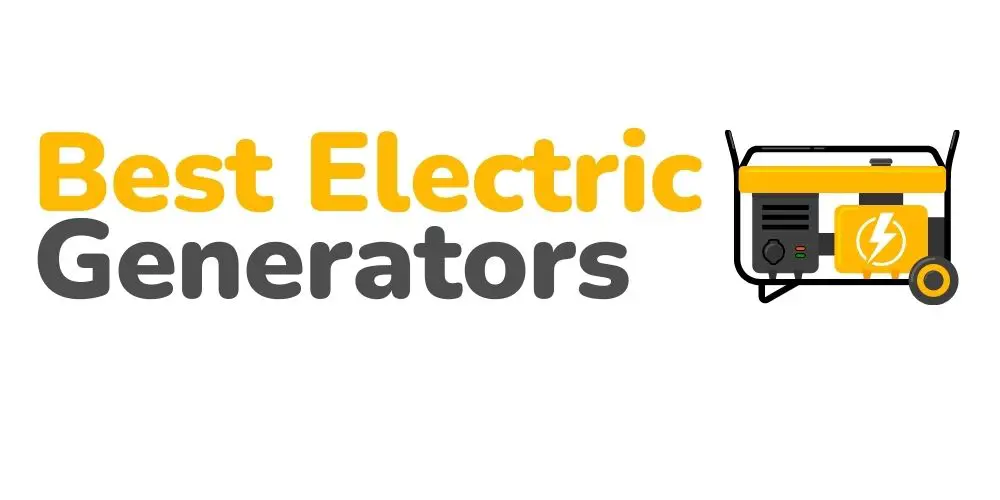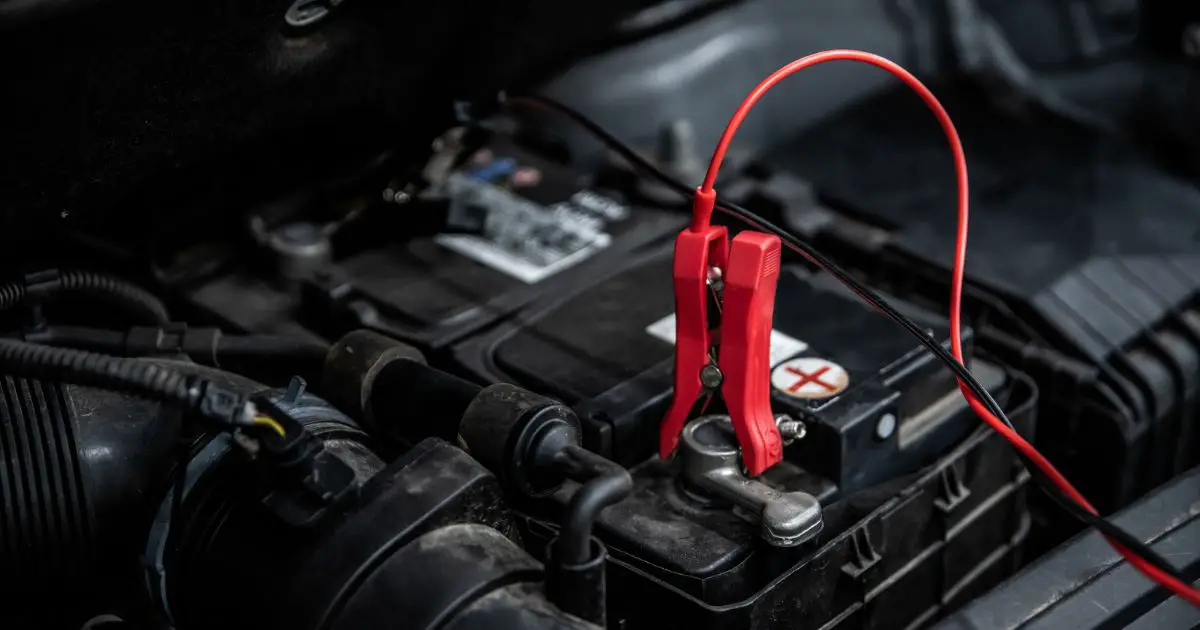If you live in States where you need to use backup power from time to time. As in Florida, where hurricanes wipe power out for days at a time, generators can save the day.
After getting a generator, comes the tricky part of connecting it to your home grid. The safest and easiest way to do so is to install a transfer switch near your breaker box. You can use it to switch between utility power or generator power with just a flip.
A generator in itself is an expensive piece of equipment. Installing a transfer switch will set you back a few hundred bucks. This article will tell you how to connect a generator to your house without a transfer switch.
Is A Transfer Switch for A Generator Required?
Transfer switches provide fast access to power in the event of an outage. Without it, you’d have to manually connect every piece of equipment at your worksite or home to your generator.
But when you have a transfer switch, you can easily switch to generator power with a flip. And if your electricity is back, flip the switch, and you’ll be back to the utility line. In addition, using a transfer switch prevents you from any form of overlap in power lines. Thus, saving your equipment from any damage.
With the help of a transfer switch, you can easily use hard-wired electric appliances at your home, such as light bulbs, fans, and power sockets. You don’t need to run long cables to power them. However, you don’t need a transfer switch if you intend to use only one appliance at a time, such as a fridge or heating system in an outage.
Not only in houses, but transfer switches are quite useful at worksites too. It is ‘electrical code’ to use transfer switches for safety reasons. If you intend to use high-power equipment on a worksite, making connections without using a switch can be dangerous. It increases the risks of sparks, electric fires, and others.
So, even if you intend to use your generator to power lightning in the house without any risks. Then we’d recommend using a safer option of using a transfer switch. It not only reduces the risks but simplifies the tasks too.
Connecting A Generator to Your Home Without Using a Transfer Switch:
A transfer switch is an essential aspect of using a generator safely. And in many areas, the only legal way to use the generator is with a transfer switch. It isolates your generator’s electrical load from going into utility lanes. This way, you’re not only saving yourself from risks, but the people who may be working on the utility lanes.
A generator in itself is an expensive piece of machinery. A portable generator can range anywhere from $1000 to $5000. And if your generator has a built-in transfer switch, this price tag will go higher. Installing a transfer switch at home won’t cost anywhere less than $500. But if you need to use the generator in an emergency or at a recreational park. Installing a transfer switch will be useless.
Enters the Interlocking Kit to save the day. Interlocking kits connect a generator without transfer switches. In case of a prolonged outage, the interlocking kits provide emergency backup to medical devices. Or if the food in your fridge at home is spoiling.
An interlocking kit is an alternative to transfer switches. It is affordable and easier to install. Like the transfer switches, they supply generator electricity to your home while ensuring it isn’t back-fed into the grid. An interlocking kit is directly mounted onto the control panel, mechanically locking breakers into a set position.
Things You Will Need:
To install the interlocking switch to your generator, you’ll need a few things. We’ve listed them down here to make it easier for you.
Interlocking Kit: The interlocking kit will connect the generator to your control panel. When getting the interlocking kit, make sure it matches the model of your panel. Interlocking kits are cheaper and easier to get.
Breaker: Normally, you won’t need a new breaker if your control panel has extra space. If it doesn’t, you should get a new one. But make sure the amperage of your breaker meets the requirement of your house, RV, or worksite.
Wires: You’ll need electric wires to make this connection. These wires should be up to grade, and for a bonus point, choose wires of different colors for easier connection.
Tools: For this project, you’ll require drills, pliers, screwdrivers, and wrenches.
Safety Tools: For safety, getting a pair of gloves and protective eyewear would be good enough.
Safety Measures for Connecting Your Generator:
Before installing the interlock kit for your generator, you need to check on the safety measures. One thing to know before starting this whole operation is that for most electric and building codes, it’s illegal to install permanent, non-permitted interlocking systems. So, make sure that you contact your local authorities to get approval for this project.
We recommend hiring a professional for this, as it is a risky task. You should get a licensed electrician to inspect your work. With this, you won’t have to pay the electrician to install the setup and still get an approved system.
Before starting on the project, the power delivery system in the main switch should be turned off. While working on electrical connections, make sure to cut off power to reduce the risks. The generator should be turned off when connecting the interlocking kit to your generator.
After you’ve successfully installed the interlock kit, stick the instructions somewhere, they’ll be easier to read. Like on the backside of the closing door so anyone operating on the kit can easily read them.
What Are the Steps to Connecting a Generator?
Put on your protective gear such as safety gloves and safety glasses before starting the work. These will save you in case anything goes south. In addition to that, make sure you don’t use any male-to-male plugs in the connection as they can result in electric fires.
When installing the interlocking kit to your control panel, there are few steps to follow. They are,
Step 1:
To make an access point, you’ll have to drill a hole in your houses’ wall. The hole should be wide enough to allow the cables from your generator to pass through.
The hole should be in a location to keep the generator far away from you. We recommend making sure that it’s not next to your bedroom. The generator’s noise may not let you have a peaceful sleep at night.
Step 2:
The power inlet box should be placed at least 5 feet away from your access hole.
Step 3:
Now it’s time to assemble the conduit in the power inlet box. Pass the wires through it one by one and make sure that you have tight and secure connections.
Step 4:
Turn off the main power; it will save you from any electric shocks. Next, install the interlocking kit in the breaker box. If needed, drill the holes at the correct spacing and screw them tightly.
Step 5:
Connect the wires to the generator breaker. And you’re good to go.
How Do You Hook Up A Generator To A House Without A Transfer Switch?
You can hook up your generator to a house in different ways without a transfer switch. Getting a separate breaker for your generator is the best option. But we’d highly recommend installing an interlocking kit to ensure that the utility is turned off when using the generator. Because using it without a transfer switch poses a safety hazard.
Other than that, you can also use extension leads to connect appliances to your generator directly.
Is It Illegal to Run a Generator Without a Transfer Switch?
According to the National Electric Code, it is required that you use a transfer switch. In case of an inspection, any illegal connections you do will result in a huge fine. It is because this compromises your safety and others working on the line.
But you can use an interlocking kit for emergency uses in power outages. They mechanically cut off power from main switches when using generators.
Can I Connect a Generator to My Domestic Supply?
No. Under no circumstances should you connect your generator directly to the domestic supply. This produces a back feed in the system. Back feeding will create hot utility lines. And if there’s a planned outage where they’re repairing or upgrading the wiring, it can put the lineman to risk.
Can I Make My Generator Transfer Switch?
Yes, you can make your generator transfer switch. However, this can only be accomplished if you have good enough experience in electrical connections. If you don’t have one, there are chances that you might miss something, which will result in a fire hazard. So, even if you make a transfer switch, it’s better to get it inspected by a technician. Once the technician approves, you can connect it to your system.
How Much Does It Cost to Install a Generator Transfer Switch?
A generator transfer switch installation can cost anywhere between $500 to $900. It’ll include labor and cables from your generator to the transfer switch. And then from the transfer switch to the breaker box.
Conclusion
We recommend you only use the interlocking kit if you plan to use the generator without the transfer switch. In some states, using a generator without transfer switches is considered illegal. So, get yourself familiarized by your states’ laws.
Use an extension cord to power the fridge or medical equipment in an emergency. This not only saves you from potentially risky installations. But from the inspection teams, that may fine you for illegal installations.


